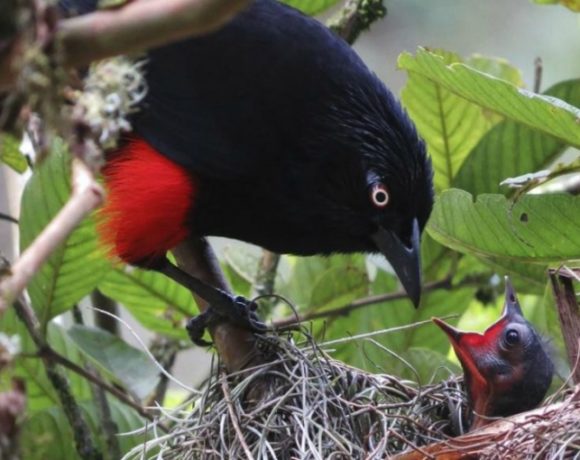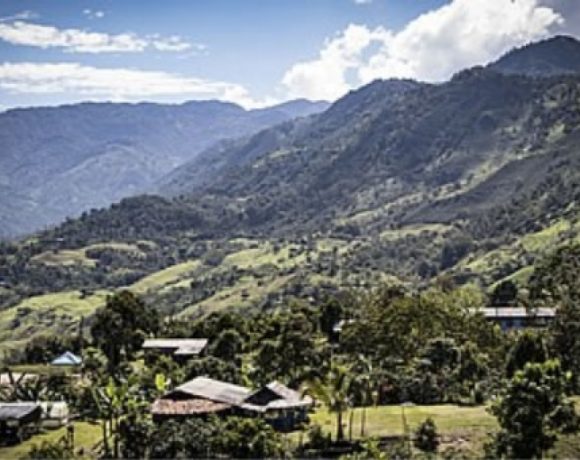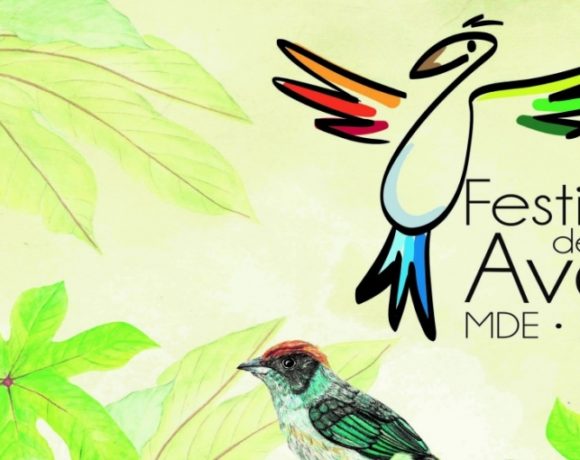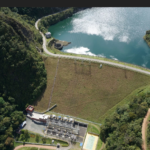Rare Black Hawk-Eagle Discovered in Medellin Forest Reserve
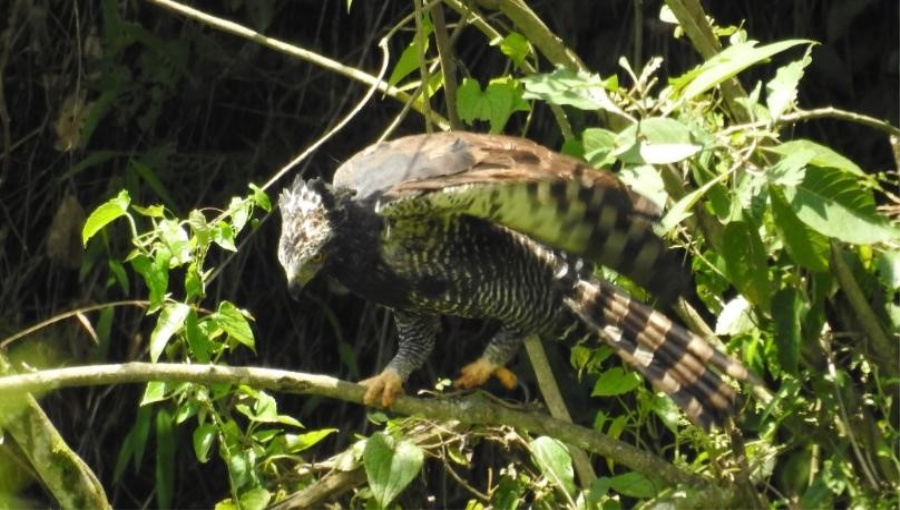
The Medellin Mayor’s Office revealed July 6 that forest rangers in one of the city’s protected reserves confirmed the presence of Black Hawk-Eagle (Spizaetus tyrannus) — the largest eagle in the city proper and second-largest in Valle de Aburrá.
The 68-centimeters-long raptor — known locally as the “águila iguanera” — is the first-ever reported in Medellin. Among local raptors, it’s second only in size to the 75-centimeters-long Black-and-Chestnut Eagle (Spizaetus isidori), the latter of which was first found in 2018 in the Alto de San Miguel Wildlife Refuge in Medellin’s southern suburb of Caldas.
“The return of biodiversity to Medellín continues,” according to a press bulletin from the Mayor’s Office, heralding the remarkable sighting. The Black Hawk-Eagle “joins others such as the Osprey [Pandion haliaetus) or the Roadside Hawk (Buteo magnirostris)” among Medellin’s raptors.
According to the 2018 edition of Guia Fotografica de las Aves del Valle de Aburrá (Photographic Guide to the Birds of Valle de Aburrá, published by Sociedad Antioqueña de Ornitologia), the Medellin metro area now hosts more than 500 different bird species, while Colombia has by far the world’s greatest bird diversity, at some 1,940 species.
The Black Hawk-Eagle “mainly feeds on small and medium-sized mammals (squirrels, bats, possums and other nocturnal marsupials), medium-sized birds (toucans and guacharacas), lizards and snakes,” the bulletin notes. “It frequents secondary forests, partially open areas, and forest edges near rivers.”
“These records are part of the process of building the biodiversity baseline that we are carrying out in the nature reserves, which allows us to identify the fauna that returns to the city by finding appropriate conditions for its habitat,” added Medellin Environment Secretary Diana Montoya.
“Protecting these animals is a duty of all citizens. Knowing and valuing the territory will help ensure the conservation of ecosystems,” the Mayor’s Office concluded.

